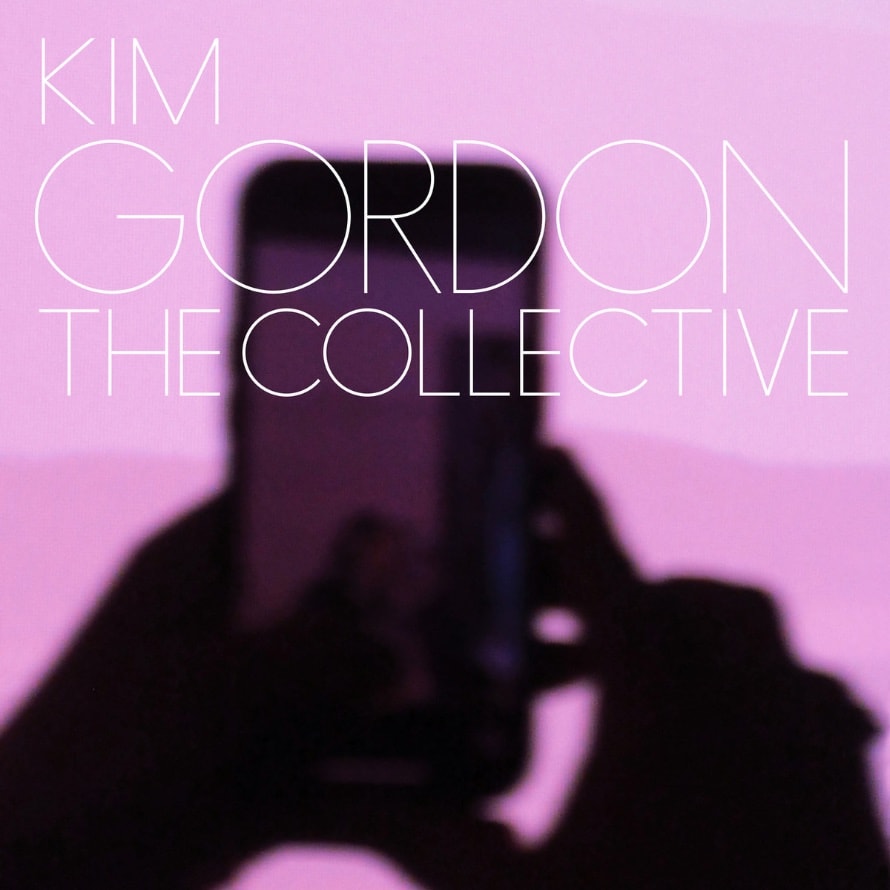Kim Gordon is rock royalty. She’s done it all, from ushering no wave’s charge into the mainstream to reinventing the sound of modern alternative rock countless times through Sonic Youth’s sprawling discography. Add in her work with Riot Grrrl troublemakers Free Kitten, her production roles on albums like Hole’s Pretty on the Inside and her ungovernable noise duo Body/Head, and she deserves to be spoken of alongside any rock legend of yore.
However, what sets Gordon apart from so many of her peers is her willingness to try something new, or rather her refusal to walk the same path twice. Even when the experiment doesn’t quite work — see Sonic Youth’s difficult 2000 album NYC Ghosts & Flowers — Gordon never seems to regret the attempt. In Gordon’s world, to be an artist is to embark on an endless pursuit of discovery, fulfillment and insatiable curiosity.
After Sonic Youth’s implosion, it would have been fair for Gordon to sit back. Hell, she could’ve easily rested on her laurels and set out on some victory lap tour, singing old Sonic Youth songs and raking in the money. We’ve seen everyone from Blondie to the Rolling Stones spend the latter years of their career living on past glory. But not Gordon.
Rather, her solo albums push her sonic boundaries even further. Her solo debut No Home Record was jittery industrial rock, straddling the worlds of nervy post punk and trunk-rattling hip-hop without feeling willing to truly jump off the cliff. From the first notes of sophomore record The Collective she’s free falling, and the rush suits her well.
The Collective isn’t easy to listen to. Its jarring, angular beats — courtesy of producer Justin Raisen — are challenging, the chugging electronics, freewheeling guitar and snarled spoken word at odds with melody. It’s an album that refuses to be played in the background, defies you to carry a conversation or complete your chores. Instead it demands to be the centre of attention, orders you to drop everything and get lost in the layers of static, the clanging instrumentation.
The discordant, white-noise adjacent instrumentation of “I’m a Man” ricochets off the walls, drilling itself into your core by the end of its four and a half minutes. Gordon’s spoken delivery, which she employs for the whole album, becomes the focal point during this mesmerizing sonic blitz. Elsewhere, “The Believers” is the type of track you can imagine yourself crying to in a darkened parking lot, while “BYE BYE,” one of the (relatively) calmer moments on the album, feels like a new dawn rising over a dystopian skyline. It’s an album that gives something on every listen, that feels like it’s constantly evolving and endlessly repeatable.
What makes the album truly stand out however, is the sense that Gordon is cutting loose. She’s enjoying herself, not bound by the strictures of expectation or the pedigree of her rock heroics. She’s always seemed happiest when completely free, and this comes through the speakers. She’s embracing this post-apocalyptic soundscape, a sense of foreboding dread and electronic doom that permeates every inch of the album.
Gordon has managed to create an album that pushes her legacy as an experimental force even further, another piece in a discography that refuses to be categorized. Rather than drift off quietly into the sunset, she might just be making the most interesting music of her career.
